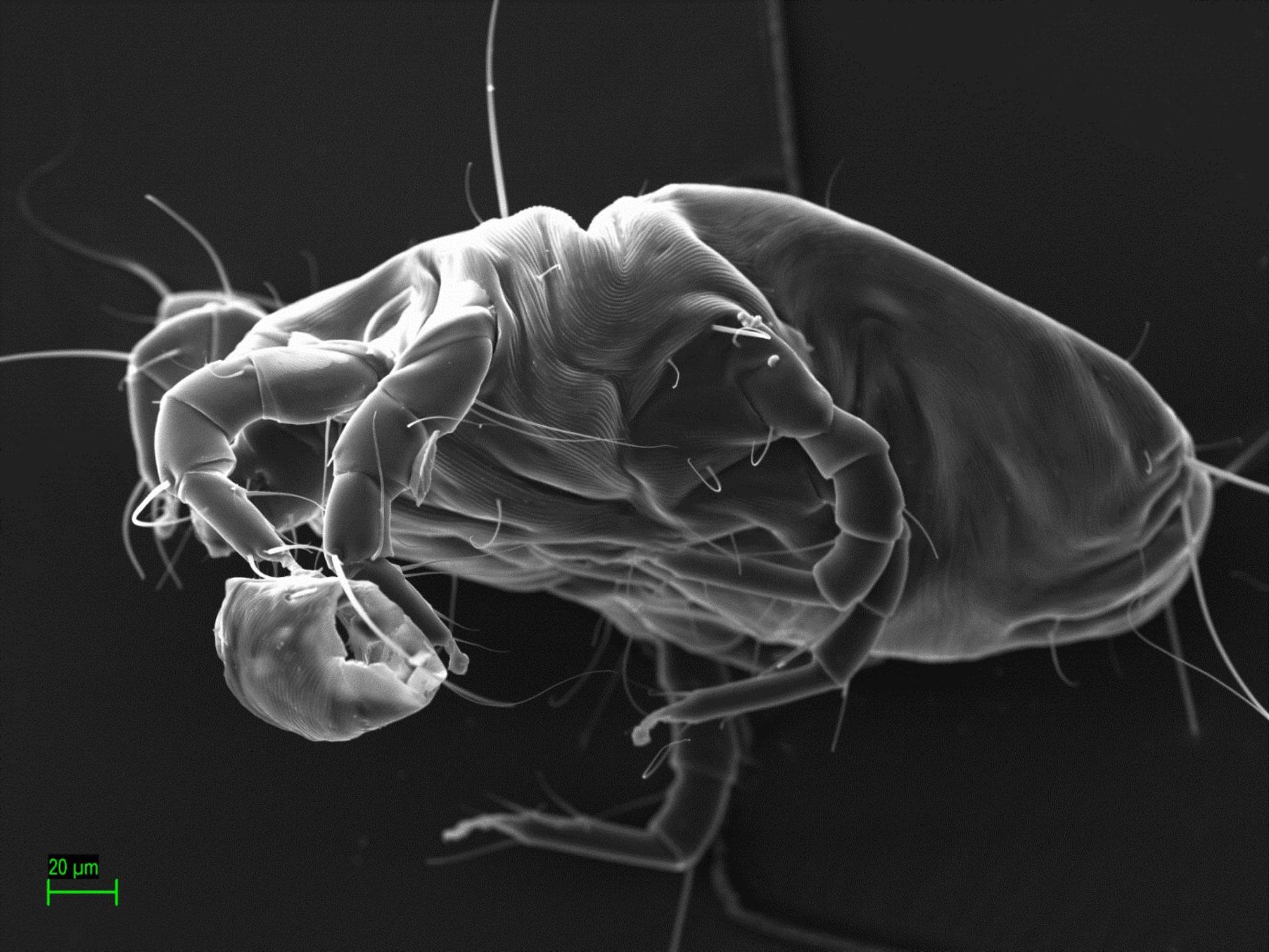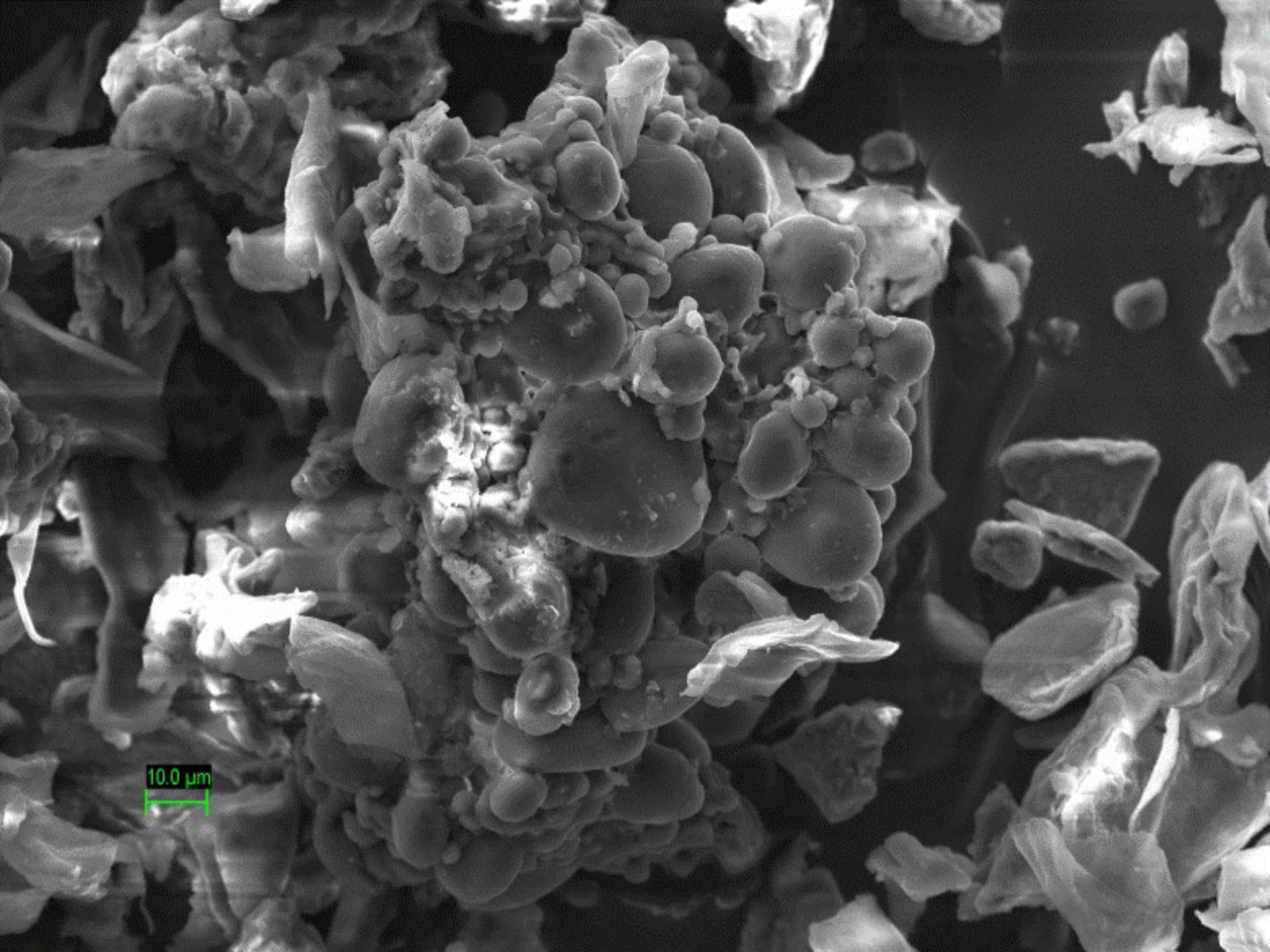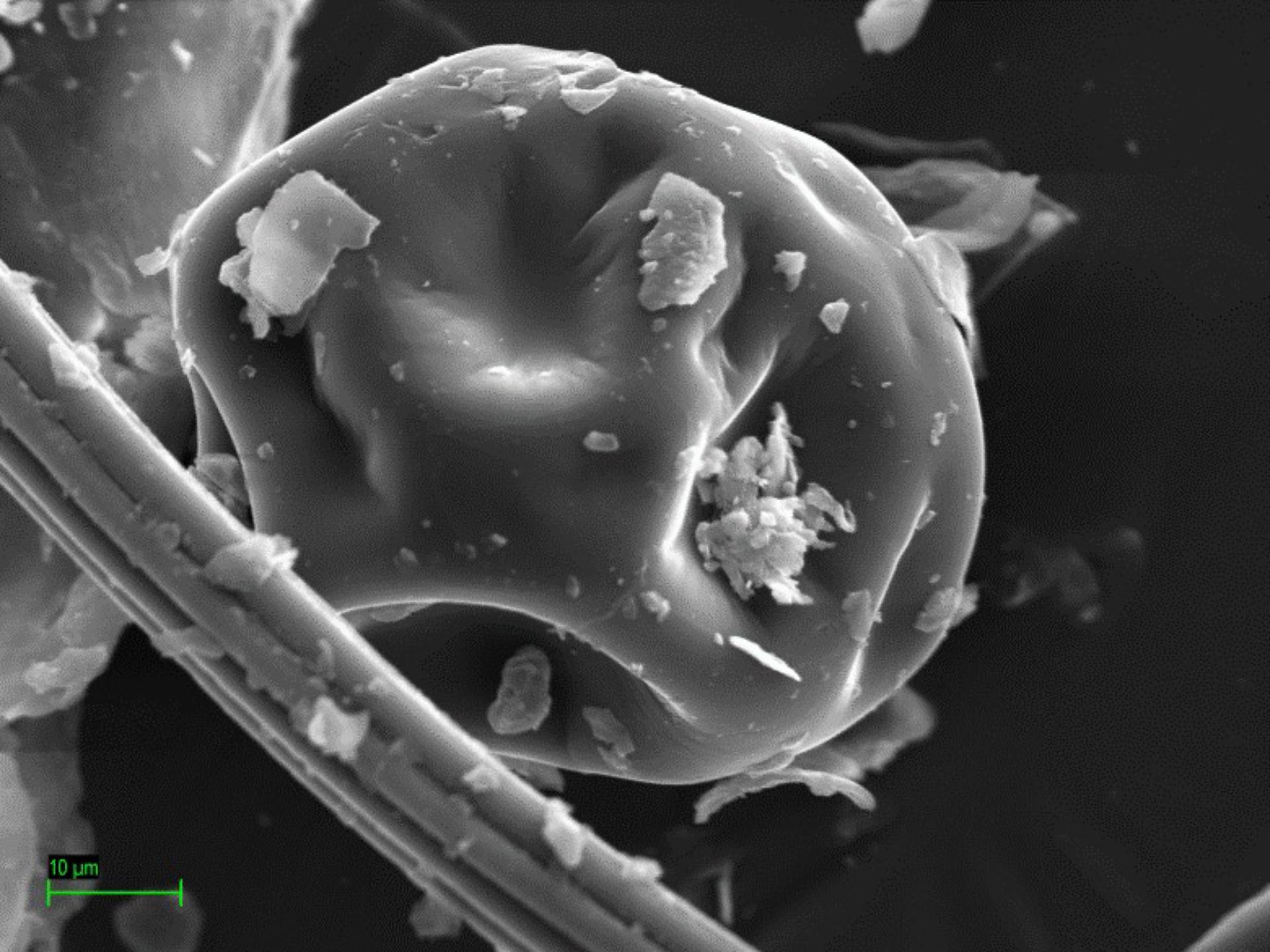
How to get rid of dust mites in the home
Find out more about what causes dust mites and how Dyson’s vacuum and air purifier technology is able to eliminate and prevent the microscopic aggressor.
-

-
Warm climates and high humidity levels create ideal breeding grounds for dust mites. With 85% of Australians living along the coastline1, dust mites are a common occurrence.
Queries around how to get rid of dust mites are at their highest in summer. To understand this allergen-inducing microbiome and how to remove dust mites, Dyson has researched their breeding season and the conditions in which they thrive.
As Gem McLuckie, Lead Research Scientist in Microbiology at Dyson reveals, over the festive season, we tend to invite more people into our homes. The more people we have indoors, the more dead skin cells are deposited around our home – the primary food source of dust mites"
What are household dust mites?
With their presence all but guaranteed in your home, what are dust mites? Also termed ‘microscopic arachnids’, dust mites are insects which are microscopic in size.
Dust mites primarily feed on dander or dead skin cells shed by humans and pet dander. On average, humans shed 2g of skin per day2, and even more at night where friction from bedding causes dead cells to shed. They can also get the nutrients they need from other household debris, like fish food, fungi and food crumbs.3
The impact of dust mites in the home comes not from them, but their faeces. As Gem explains, "dust mites themselves are not dangerous, the harmful allergen they create comes from the proteins present in their faecal pellets and body fragments. That can have a considerable wellbeing impact for those living in homes where dust mite colonies are present.”
Dyson’s research into dust mites
To create filtration systems advanced enough to capture and remove particle and pollutants this minute in size, Dyson researched what causes dust mites and their behaviour in the home.
From December to May, dust mite breeding season takes place over which time the female of the species lays between 60-100 eggs. Their average lifecycle is 65-100 days and during that time they will produce approximately 2,000 faecal pellets and secrete even more proteins through their saliva – both of which can trigger allergies and impact your wellbeing4. This means the numbers of dust mites in your home increases and the concentration of allergenic material in your home can be high.
How to remove dust mites
Fortunately, learning how to remove dust mites from home is fairly simple. By managing the levels of humidity in the home and effectively removing dust, debris and skin particles, your home will cease being a suitable space for dust mites. Advanced filtration technology is required to capture particles that minute in size. Ahead, see how to use Dyson’s technology to remove dust mites from your home.
1. Vacuum effectively
The first approach in how to get rid of dust mites naturally is to remove their food source. This also inhibits reproduction during dust mite season. As Gem reveals, “removing excess skin flakes from your domestic space limits the food source on offer for dust mites, which means that their rate of reproduction is inhibited during the dust mite season."
To achieve this, dust and the microscopic particles around the home need to be cleared. The latest in Dyson’s vacuum technology, Dyson gen5detect is able to remove 99.99% of particles down to 0.1 microns5, thanks to whole-machine HEPA filtration.
When vacuuming, make sure to target the breeding ground of dust mites. Vacuum your mattress on both sides with a machine with an advanced filtration system, as well as your sofa and other upholstery.
2. Manage humidity levels
Dust mites hydrate themselves by absorbing water from the air, so keeping relative humidity levels below 45 per cent at room temperature will help to kill them off6.
The best air purifiers to tackle dust mites with contain HEPA filtration technology. The latest in Dyson’s air purifier technology, Dyson Purifier Hot+Cool™ Formaldehyde captures 99.95% of ultrafine particles7. Air Multiplier™ technology projects purified air throughout the room maintaining consistent airflow to help reduce humidity levels inside your home.
To support your HEPA air purifier, air out bedding and blankets frequently, and ventilate your home. Don’t forget to use the extractor fan after showering or while cooking too, as even raising the humidity levels for an hour and a half a day can enable house dust mites to survive.
3. Control the temperature
What causes dust mites to thrive includes higher temperatures of 25 degrees Celsius, so keep the home cool during warm periods. Ensure you vacuum warmer areas in your home frequently to control levels of dust mites, like pet baskets, sofas or mattresses. When washing bedding or other soft furnishing, higher temperatures of around 60-90 degrees Celsius will break up allergens too. Remember – dust mites are invisible to the human eye. If you can see dust in your home, dust mites are likely present.
Learn more about how to clean carpet next.
Dyson Newsroom
The latest news from Dyson
Press Contact
ANZ Press Office
Email: aupressoffice@dyson.com
1https://www.abs.gov.au/ausstats/abs@.nsf/previousproducts/1301.0feature%20article32004
2Wechsler, Charles J et al. (2011) ‘Squalene and cholesterol in dust from Danish homes and daycare centers’, Environmental Science & Technology, 45 (9) 3872-3879.
3Platts-Mills, T. A. E., de Weck, A. L., Aalberse, R. C., Bessot, J. C., Bjorksten, B., Bischoff, E., Bousquet, J., Van Bronswijk, J. E. M. H., ChannaBasavanna, G. P., Chapman, M., Colloff, M., Goldstein, R.
4Sarwar, Muhammad (2020), House Dust Mites: Ecology, Biology, Prevalence, Epidemiology and Elimination, IntechOpen.
5Filtration tested against ASTM F3150, tested in Boost mode by independent third-party, SGS-IBR Laboratories US in 2022. Filtration efficiency is calculated by comparing the number of standardised dust particles entering the vacuum cleaner against those released. The capture rate may differ depending on actual environment and the mode.
622 degrees Celsius. Optimal relative humidity levels will depend on temperature.
7Particle challenge by DEHS oil specified in EN1822 within a chamber specified in ASTM F3150. Tested in Max Mode at IBR US, for whole machine efficiency above 99.95%.
 Call us
Call us Email us
Email us Request a meeting
Request a meeting Live chat
Live chat
